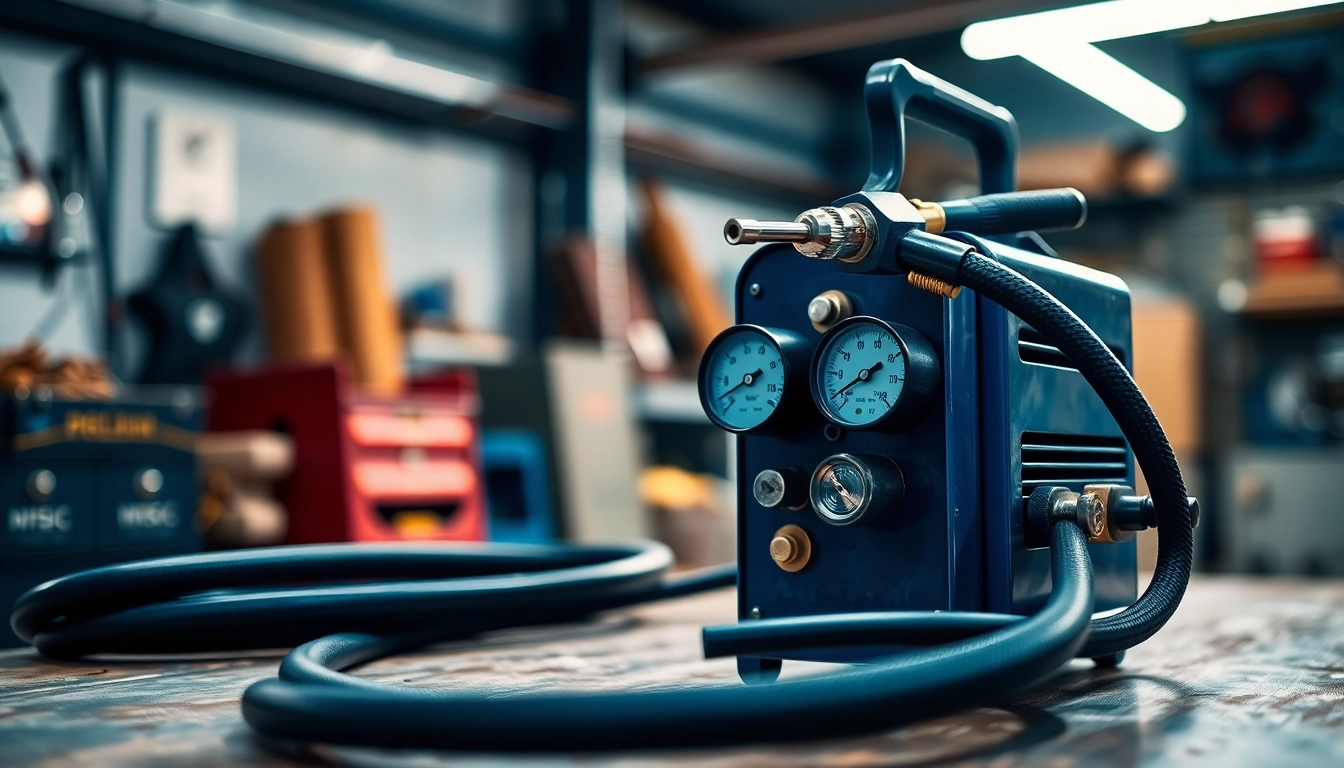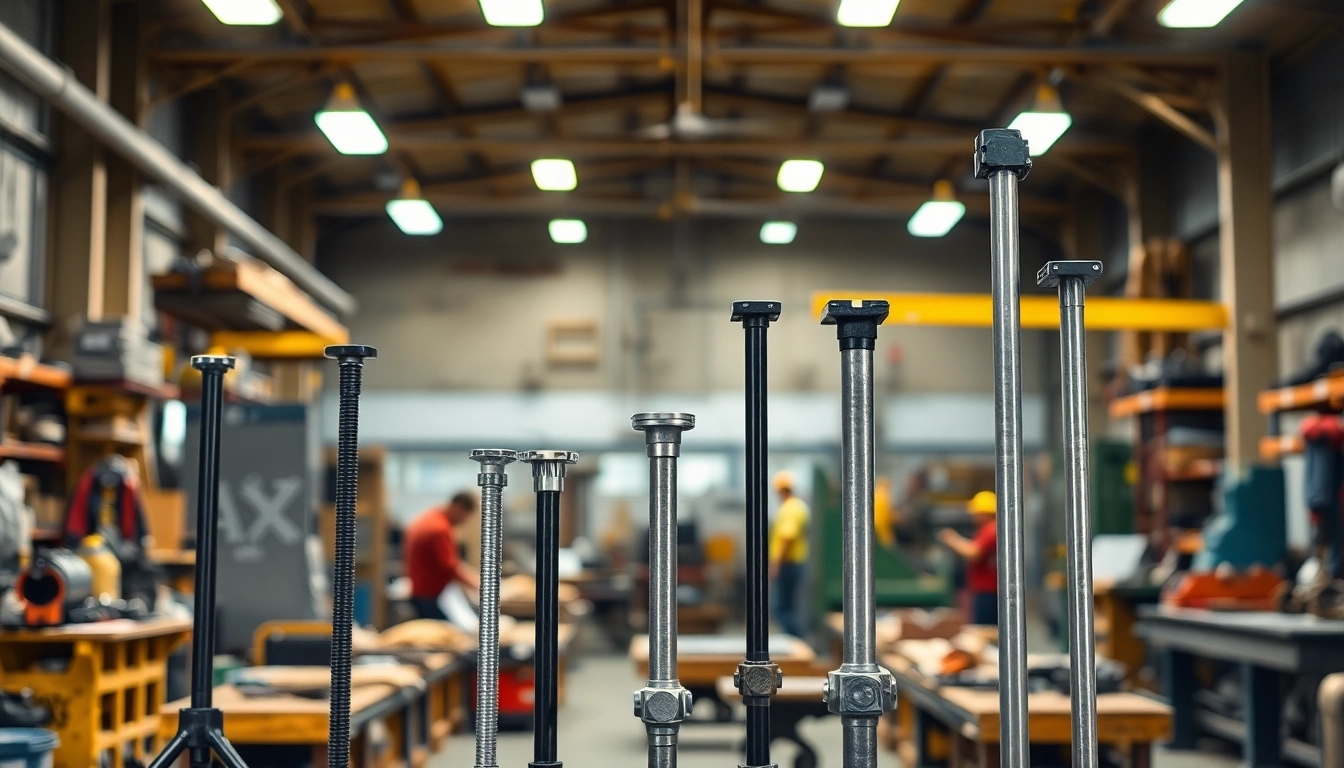Understanding Precision Die Cutting
Precision die cutting is a critical process in modern manufacturing, providing numerous industries with the capability to create intricate shapes and designs with impeccable accuracy. This method has gained a prominent place in various sectors, including packaging, automotive, electronics, and even medical devices. The term “precision die cutting” encapsulates a variety of techniques and technologies aimed at producing components that require exact specifications and fine tolerances. For those looking to understand more about precision die cutting, this comprehensive guide will delve into its definition, importance, processes, benefits, challenges, and how to select the right partner for such specialized services.
What is Precision Die Cutting?
At its core, precision die cutting is a manufacturing process that uses specialized dies to cut materials into defined shapes with high accuracy. Unlike traditional cutting methods, which may involve manual processes or less accurate machinery, precision die cutting relies on automated systems, ensuring that each cut meets specified dimensions and tolerances. This precision is crucial for applications where even the smallest discrepancy can lead to product failure or increased production costs.
The Importance of Precision in Manufacturing
In the competitive landscape of manufacturing, precision is paramount. It affects not only the quality of the final product but also its performance and reliability. When components are manufactured with exact specifications, the assembly process becomes smoother, reducing the chances of defects. Additionally, high precision can lead to decreased waste and lower material costs, as each piece is produced exactly as needed without excessive trimming or reworking. Ultimately, the focus on precision supports not just product quality but also customer satisfaction and brand reputation.
Common Applications of Precision Die Cutting
The versatility of precision die cutting allows its application across numerous industries:
- Packaging: Custom shapes for boxes, labels, and protective materials.
- Electronics: Components for circuit boards, insulation, and connectors.
- Automotive: Gaskets, insulation, and sound dampening parts.
- Medical: Production of specialized medical devices and components requiring strict adherence to safety standards.
- Textiles: Custom fabric patterns and components in clothing or upholstery.
Key Processes in Precision Die Cutting
Different Types of Die Cutting Techniques
Within the realm of precision die cutting, various techniques can be employed, each best suited for specific applications:
- Flatbed Die Cutting: Involves using a hydraulic press to push a flat die against material. This technique allows for cutting various thicknesses and is well-suited for batch productions.
- Rotary Die Cutting: Utilizes a cylindrical die to continuously cut material as it’s fed through the machine, making it efficient for high-volume production.
- Laser Die Cutting: Employs focused laser beams for cutting, offering high precision and intricate designs. This technique is common for prototyping and short-run productions.
Material Selection for Precision Die Cutting
The choice of material is foundational in achieving the desired outcomes in precision die cutting. Common materials include:
- Papers and Cardboards: Used predominantly in packaging and promotional materials.
- Foams: Essential for gaskets and cushioning products.
- Plastics: Common in numerous applications due to flexibility and durability.
- Metals: Occasionally used in die cutting for specific, high-strength applications.
It’s critical to select materials that not only fulfill functional requirements but also work harmoniously with the die cutting process to minimize defects.
Step-by-Step Overview of the Die Cutting Process
The precision die cutting process can be broken down into several essential steps:
- Design: Engineers create a digital design using CAD software that specifies dimensions and tolerances.
- Die Creation: A die is engineered and manufactured based on the design specifications. This die can be made from steel, aluminum, or even interchangeable parts, depending on the cutting technique.
- Material Preparation: Raw materials are prepared and fed into the die cutting machine. This may involve selecting the right thickness and type of material.
- Cutting: The machine executes the cutting operation, and the die presses down to create the desired shapes accurately.
- Post-Processing: Finished parts may require additional processes like trimming, finishing, or applying adhesives.
- Quality Control: Each batch is inspected to ensure it meets specifications. This step is crucial for preventing defects in final products.
Benefits of Choosing Precision Die Cutting
Cost-Efficiency and Production Speed
One of the standout benefits of precision die cutting is the cost efficiency it offers. While the initial setup costs can be higher due to die creation, the long-term savings in material waste and labor make it highly favorable. Automation reduces the need for extensive labor involvement, thus speeding up production times. High-volume orders result in lower per-unit costs, making precision die cutting an attractive option for manufacturers.
Precision Die Cutting vs. Other Cutting Methods
When compared to other methods like traditional cutting or laser cutting, precision die cutting offers unique advantages:
- Speed: Rotary die cutting, in particular, can operate at high speeds, making it highly efficient for large production runs.
- Consistency: The automated nature ensures each piece is cut uniformly, unlike manual methods prone to human error.
- Material Versatility: Precision die cutting can handle a range of materials, including thick substrates that might challenge other methods.
Enhancing Product Quality with Precision
The quality of products produced through precision die cutting is typically superior due to the exactness in cutting. Components fit together seamlessly, which can enhance the overall integrity and performance of end products. This precision not only minimizes the risk of product failure but also increases customer satisfaction due to the reliable quality of goods received.
Challenges in Precision Die Cutting and Solutions
Common Issues and Their Impact on Production
Despite its advantages, precision die cutting presents a few challenges, including:
- Die Wear and Tear: Over time, dies can wear, leading to a decline in precision. Regular maintenance and timely replacement are essential.
- Material Variability: Changes in material thickness or quality can affect the cutting accuracy. Consistent material sourcing is vital.
- Setup Time for Runs: Preparing new dies and calibrating machines can take time, especially for custom orders; this is often countered by longer production runs.
Top Solutions to Improve Die Cutting Efficiency
To address the challenges in precision die cutting, companies can implement various solutions:
- Regular Maintenance: Scheduled checks of machines and dies can prevent unexpected downtime and ensure high-quality outputs.
- Material Testing: Conduct tests on materials to ensure their compatibility with the cutting process and to adjust processes as needed.
- Training: Providing ongoing training for operators helps them understand the nuances of the machines and improves handling efficiency.
Future Trends in Precision Die Cutting Technology
Looking ahead, several trends are shaping the future of precision die cutting:
- Integration with Digital Technologies: As Industry 4.0 advances, integrating die cutting with smart technologies will enhance predictive maintenance and operational efficiency.
- Sustainability Practices: Companies are increasingly exploring eco-friendly materials and processes to reduce waste and energy consumption.
- Increased Customization: As customer needs become more specific, precision die cutting will allow for higher levels of customization in product offerings, facilitated by advanced digital design tools.
Selecting the Right Precision Die Cutting Partner
What to Look for in a Die Cutting Service
When selecting a precision die cutting service, it’s crucial to consider several factors to ensure the best fit for your needs:
- Experience and Expertise: Look for a provider with a proven track record in your industry and specific applications.
- Technology and Equipment: Ensure the partner employs the latest technology for precision cutting to stay competitive.
- Quality Assurance Protocols: A commitment to high standards of quality control will help minimize the risk of defects.
Questions to Ask Potential Die Cutting Vendors
Before finalizing a partnership, consider asking potential vendors the following:
- What types of materials do you work with?
- How do you handle quality assurance and defects?
- What are your lead times for production runs of various sizes?
- Can you provide references from previous clients in similar industries?
Building Long-Term Partnerships in Precision Die Cutting
Establishing a long-term relationship with a precision die cutting provider can be beneficial for ongoing projects. This approach fosters better communication, consistency, and understanding of your specific needs. Regular feedback and collaboration can yield continuous improvements and innovations in the die cutting process, ultimately leading to superior product quality and market competitiveness.


